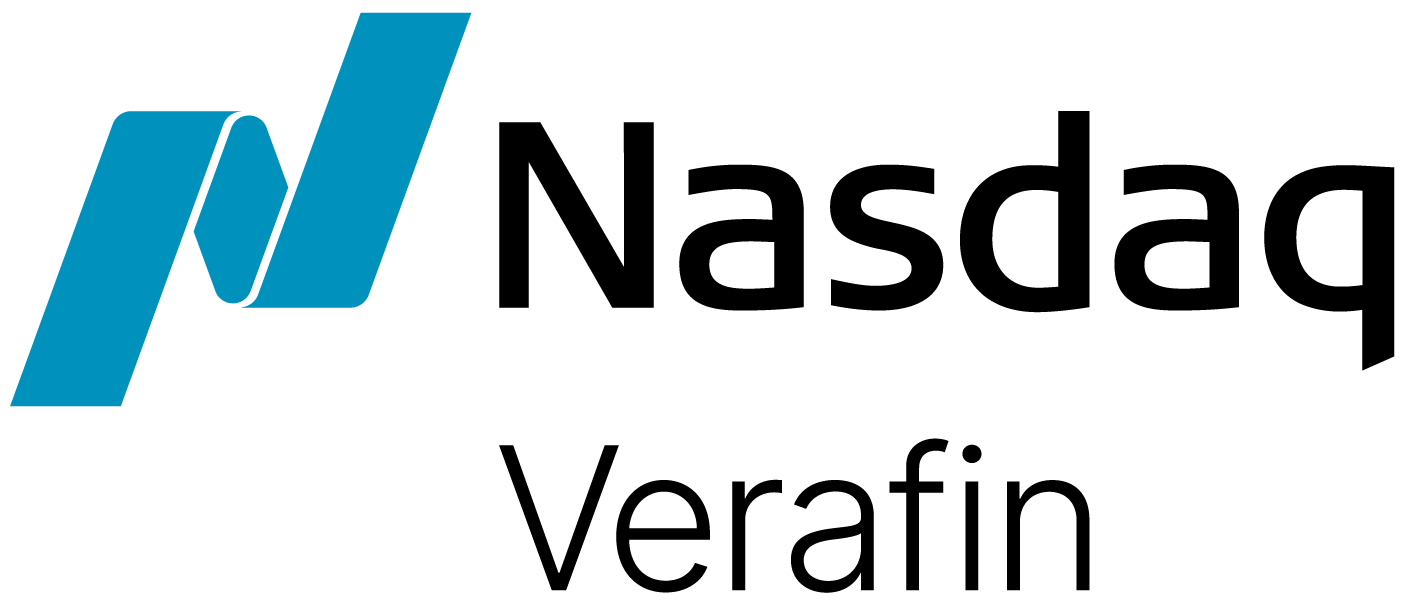Canada’s robust and globally integrated financial system — while a cornerstone of economic strength — also makes the country a prime target for money laundering and financial crime. According to the Criminal Intelligence Service Canada (CISC), an estimated $45 to $113 billion is laundered annually throughout Canada, exploiting sectors such as domestic banks, private corporations, crypto assets and money services businesses (MSBs).
To stay one step ahead of emerging challenges, financial institutions need to understand the trends shaping the Canadian AML/ATF landscape. FINTRAC has identified five trends to watch for in their 2025 Assessment of Money Laundering and Terrorist Financing Risks in Canada report.
1. Risks from Foreign Interference
While the threat of foreign interference is not new, it remains a significant concern within Canada. According to the Canadian Security Intelligence Service Act (CSIS Act), foreign interference involves “foreign influenced activities within or relating to Canada that are detrimental to the interests of Canada and are clandestine or deceptive or involve a threat to any person.” Foreign states seeking to interfere in Canada often rely on networks of proxies within Canada to carry out their activities. Money laundering techniques are often used to obscure the origin or destination of the funds used to finance these bad actors.
2. Growing Nexus Between Transnational Organized Crime and Terrorism
Terrorism and transnational crime in Canada are increasingly linked — and in February 2025, Canada listed several organized crime groups (OCGs) as terrorist entities. Terrorist groups often rely on organized crime for logistical support and illicit financing methods, employing money laundering tactics to disguise the true source of funds. In addition, OCGs and terrorist groups often participate in drug trafficking activities, further threatening national security and fueling money laundering flows.
3. New and Developing Technologies
The rapid growth of artificial intelligence (AI), particularly Generative AI (GenAI), has emboldened criminals and OCGs — who exploit the technology to automate and enhance their illicit operations and escalate the intricacy of their fraud and scam activities. According to the Canadian Centre for Cyber Security, the use of chatbots and AI-generated persuasive emails is expected to increase the effectiveness of scams, while GenAI tools can also be used to produce counterfeit documents that criminals can use to establish shell companies or open bank accounts. Extremist groups may also use GenAI to create fraudulent images of fabricated human rights abuses or natural disasters to raise funds. In addition, GenAI can also be used to automate and obscure financial transactions, making it more challenging to detect and disrupt illicit flows. Despite its many risks when placed in the hands of bad actors, AI also offers transformative potential to enhance the effectiveness and efficiency of AML/ATF efforts by streamlining processes, detecting anomalous trends and identifying potential indicators of illicit activity.
4. Stereotypes, Bias and Online Discourse
Social media and the internet have given rise to increased consumption of mis-and-disinformation, fueling stereotypes and implicit bias — often against indigenous, racialized and religious minority communities in Canada. When collecting and analyzing information to assess money laundering and terrorist financing risk, institutions must be vigilant in avoiding bias fueled by stereotypes, which can lead to an overestimation of risk for certain customers relative to actual threat. Overestimating risk for marginalized groups can contribute to limited access to financial services for entire communities — who may then turn to informal or unregulated channels that are even more vulnerable to money laundering or terrorist financing risks. Institutions should rely on credible, evidence-based customer due diligence (CDD) and risk assessment practices and objective analysis to counteract the damaging effects of mis-and-disinformation and bias.
5. Changing Regulatory Enforcement Landscape
As Canada continues to adapt its AML/ATF framework to respond to emerging risks, criminals will continue to adapt their money laundering and terrorist financing methods to evade detection and exploit gaps in unregulated or under-regulated sectors. To avoid potential exposure from developing threats, institutions must invest in innovative solutions that leverage the collective power of the industry to root out financial crime more effectively.
Responding to Emerging Threats in Canada’s AML/ATF Landscape
As threats and challenges continue to evolve, financial institutions should endeavour to stay one step ahead by embracing targeted and innovative solutions that can efficiently and effectively detect money laundering and terrorist financing indicators. By adopting technology that combines behavioural analysis and a global view of risk while leveraging automation and information sharing capabilities, institutions can remain at the forefront of disrupting illicit activities that threaten Canada’s financial system and overall security.


